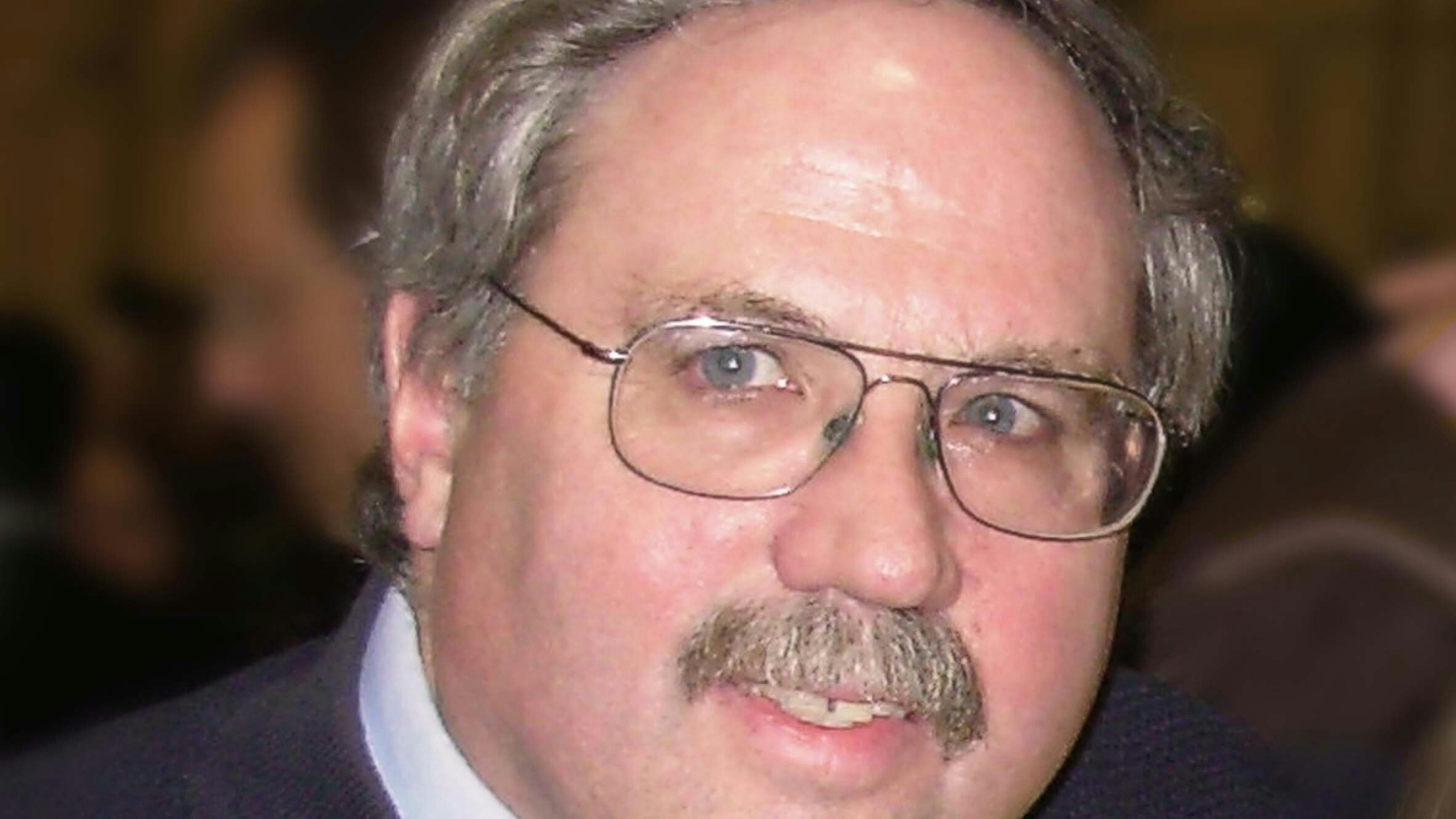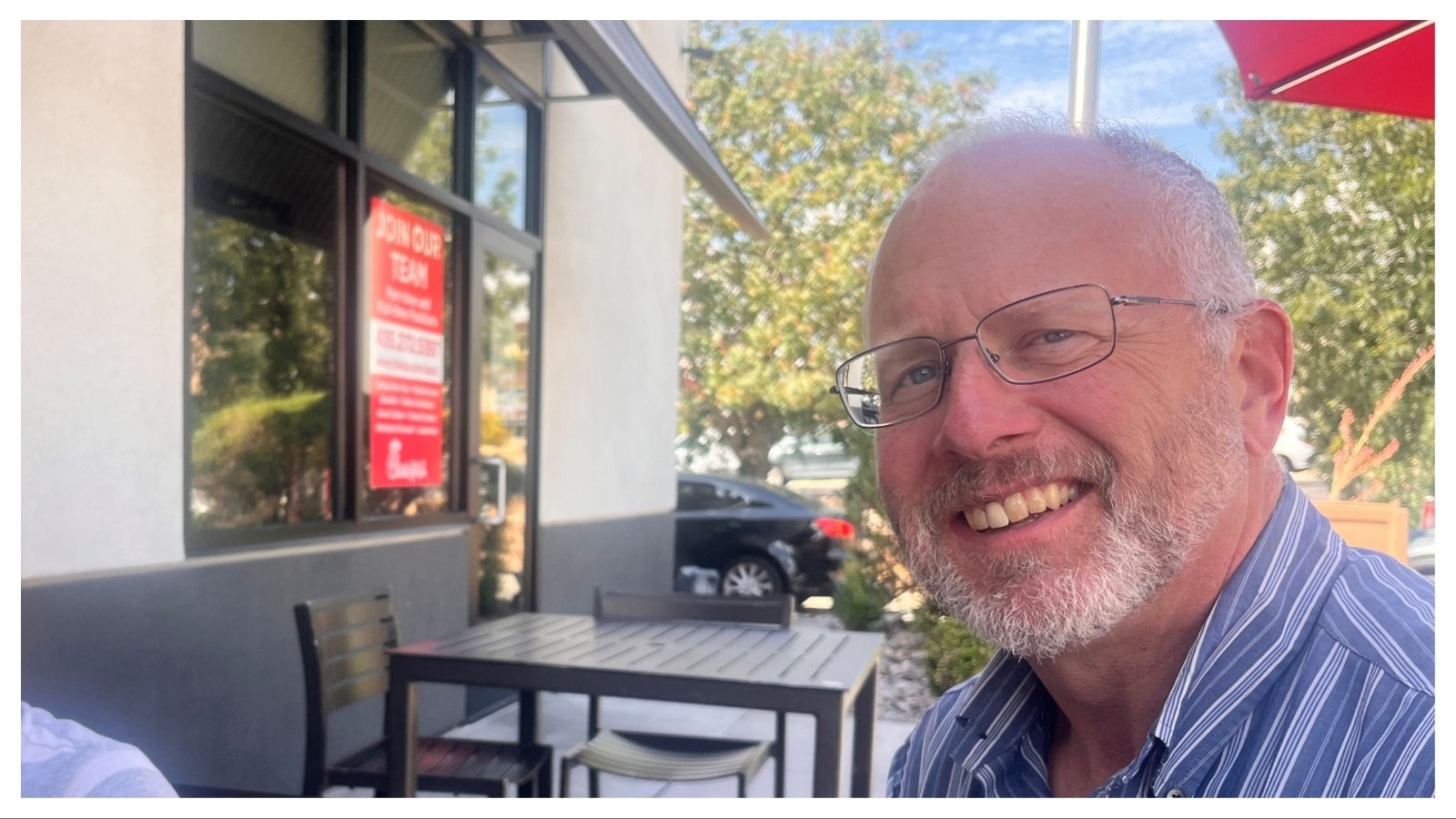It was the “Home of the Gremlin” when I lived there.
That’s Kenosha, Wisconsin, a city just a short drive north of Illinois. I finished my last two years of college there, back when American Motors was cranking out Gremlins – a sawed off little compact car meant to compete with Vegas and Pintos – by the hundreds of thousands. (The Gremlin didn’t save AMC, which went under in 1987.)
Nice town.
Kenosha is headline news these days, due to the rioting in August of 2020, and the trial in recent days of Kyle Rittenhouse, who shot and killed two men, and injured a third during rioting sparked by a police shooting in Kenosha, and the George Floyd murder in Minneapolis. Rittenhouse claims self defense, and closing arguments were heard Monday.
It was shocking to see buildings, businesses and car lots in flames, rioters in the streets, gunfire, deaths and injuries in Kenosha last year. This in the town I remember with a beautiful lakefront, an assortment of neighborhood bars that could satisfy a thirsty college kid, a vibrant downtown, and even a company that built fire engines. And two colleges.
If only the National Guard had been deployed to protect the city when that rioting broke out, all this could probably have been averted. Donald Trump offered National Guard help, but the governor of Wisconsin declined. Had troops been deployed, it’s unlikely that Rittenhouse, 17 at the time, armed with a rifle and a first-aid kit, would have been on the streets of Kenosha that night.
The Guard is on call this week to protect the city in the event of rioting following a verdict in the trial. Troops are readily available. This time.
Interest in the trial peaked last week, as the defendant took the stand in his own defense – something that almost never happens. Suddenly everyone was tuning in to coverage of the trial, and there was sharp disagreement over the sincerity of his tearful testimony. Seems like we disagree sharply about so many things these days, and many of us, on both sides, seem to love hating each other. We live in vociferous times.
The most interesting stories I ever covered as a reporter were murder trials. There were two guys who murdered two ranchers east of Cheyenne, then drove one of the victims’ pickup to Chicago, where they were arrested when a cop noticed a pool of blood in the bed of the truck. They got the death penalty, but the courts commuted their sentences to life.
And there was the guy who drove all the way from Indiana to Laramie to kill his son at a bar near the Summit on I-80. Guilty.
Then there was a guy who killed a gas station attendant between Rawlins and Sinclair, to get money so his girlfriend could leave Rawlins. He was found guilty, too. And later there was the doctor from Douglas whose wife died from a combination of pain-killing drugs. A jury in Sheridan voted to convict.
It was fascinating covering trials, because so much happened right before your eyes. It was drama much more dramatic than anything you see on television or in the movies. And it sure shook the notion – popular in that old TV show “Columbo” – that criminals are brilliant masterminds, one step ahead of the cops. Not in the cases I covered. No way.
After I retired I got called twice for jury duty here in Cheyenne. The first time I didn’t get selected, but darned if I didn’t end up as a jury foreman the second time. We found the guy not guilty, and the thing that struck me was how very seriously the jurors took their responsibility, and their dogged determination to reach the correct decision. (But only after we made the county buy us lunch while we deliberated.)
People try to avoid jury duty, but it renewed my faith in the system. I believe the O.J. Simpson verdict was an aberration, the exception that proves the rule.
I wouldn’t want to be on that jury in Kenosha. But experience tells me that whatever happens is in the best possible hands – the hands of 12 jurors.





